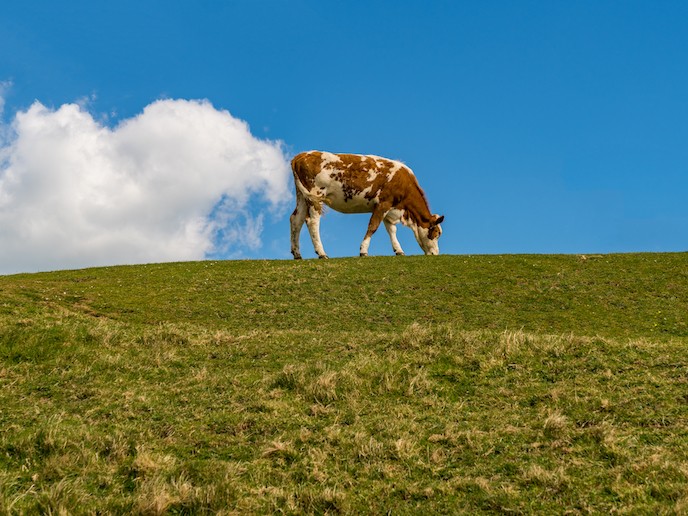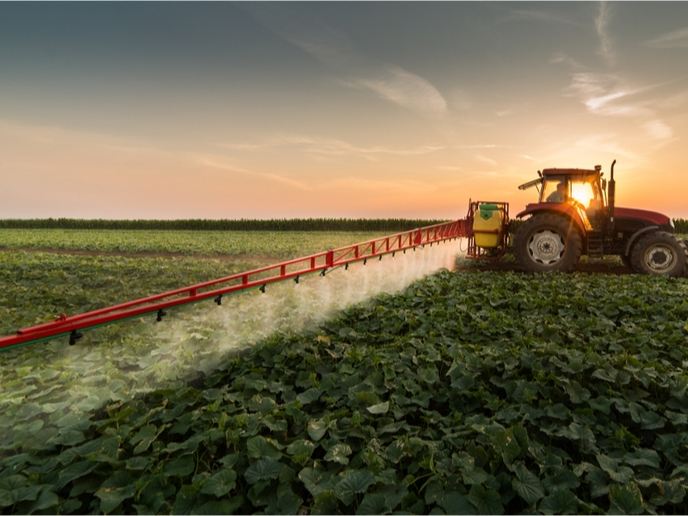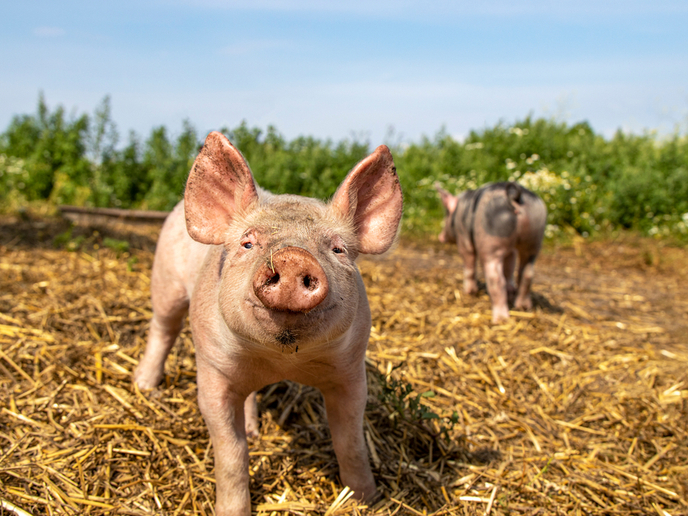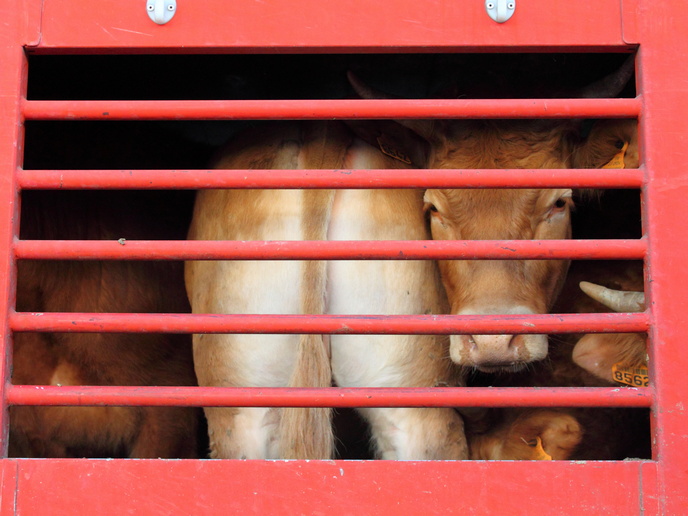Wearable livestock device reduces methane emissions
Methane (CH4) exhaled by the 1.6 billion cattle globally is one of the greatest contributors to global warming: one cow generates up to 500 litres of CH4 daily. As atmospheric CH4 traps 85 times more heat than carbon dioxide over a 20-year period, this accounts for around half of all agricultural emissions and almost 10 % of total greenhouse gas emissions, as estimated by the Global Warming Potential methodology. The EU-supported ZELP project has patented a wearable device for cattle to reduce livestock emissions. The device, fitted over the animal’s snout, captures exhaled methane and uses a special catalytic converter to turn it into a combination of carbon dioxide and water vapour. Equipped with sensors, it collects large amounts of livestock data to help producers improve yields and animal health, while reducing labour costs.
Mitigation, data collection and welfare
The wearable ZELP device is packed with sensors that gather hundreds of thousands of datapoints daily, using Bluetooth Low Energy to transfer it wirelessly to receptors strategically located around the farm for real-time upload to the cloud. After being analysed by ZELP’s proprietary software for key indicators such as temperature, feeding patterns, rest/activity and potential disease, the data appears for users on a monitoring tool. Big data aggregates data at a herd level, including methane emissions, health information and comparative analyses. Once deployed commercially, real-time alerts will be triggered for producers to assist animals individually, while maintaining herd health by preventing the spread of disease and reducing the use of antibiotics. To test the climate change mitigation impact of ZELP, methane concentrations were measured inside the respiratory chambers of four different animals, two wearing the prototype and two as a control group. The preliminary tests show an average 26.5 % reduction in methane emissions by animals wearing the device, with a maximum reduction achieved of 32 %. “This puts our solution on a par with the best out there, such as using feed additives to reduce methane. Our goal for the final product is to double this mitigation potential,” says Francisco Norris, ZELP co-founder and CEO. As well as also trialling the sensors and beta testing ZELP’s data-gathering capabilities, the team conducted a number of behavioural trials to ensure animal welfare. The animals were fitted with dummy devices replicating the shape, size and weight of the ZELP wearable device, and were then observed by independent veterinary scientists for 14 days. Looking at the measurements of key variables, including yields, rumination patterns, feed intake and rest/activity periods, trials showed that the device had no discernible negative impact.
Greater environmental impact
Livestock methane emissions contribute more to global warming than the entire transport industry combined. Achieving a reduction would be a crucial step towards reaching the climate change goals of 2015’s Paris Agreement. “Our vision is to become methane mitigation leaders. In our second year after launch, we estimate that ZELP will prevent over 108 000 tonnes of CO2-equivalent from reaching the atmosphere. In 5 and 10 years, this would increase to 2 and 18 million respectively,” adds Norris. The team will conduct large-scale pilots in 2021, aiming to launch in 2022, with a smaller device optimised for farms. To offer a market advantage, the intention is also to develop an emission reduction certification for farmers to display on their products.
Keywords
ZELP, methane, livestock, emissions, carbon dioxide, greenhouse gas, climate change, cattle, herd, farm, global warming







